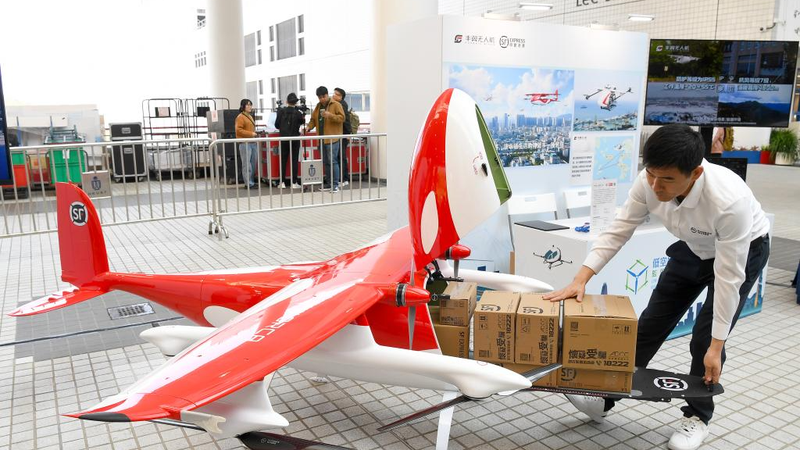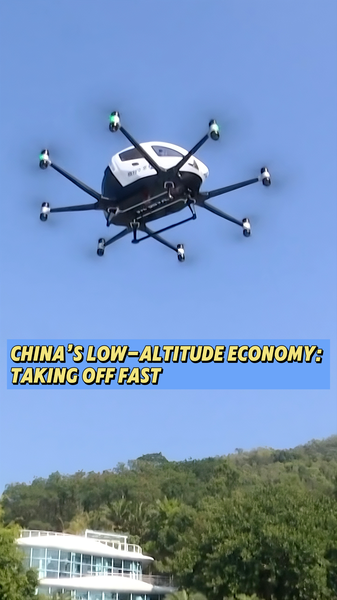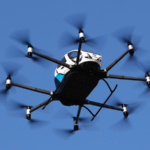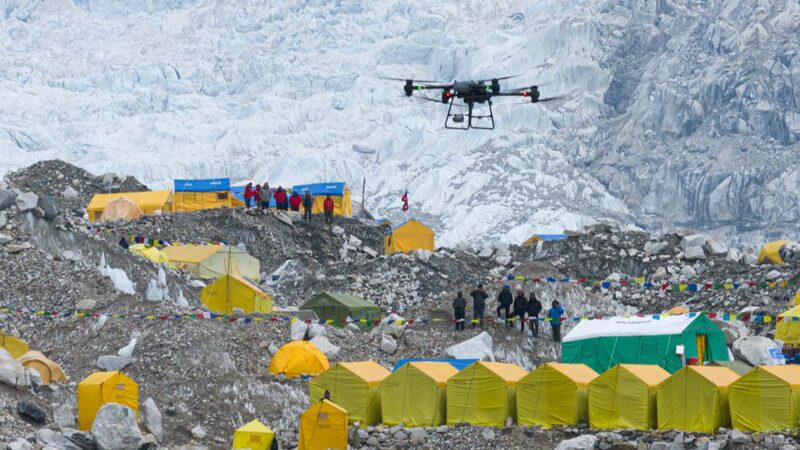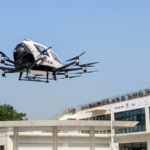As urban congestion and climate challenges intensify globally, China is charting a new course in technological advancement through its rapidly developing low-altitude economy. This emerging sector – operating below 1,000 meters – combines drone networks, autonomous aerial vehicles, and smart airspace management to redefine transportation and logistics.
From Concept to Commercial Reality
Industry leaders like DJI dominate global drone markets while EHang's autonomous air taxis complete trial operations in Guangzhou. E-commerce giants JD.com and Meituan now complete 20% of rural deliveries via drones, slashing delivery times from days to hours in mountainous regions.
Policy Fuels Innovation
The Chinese government's strategic airspace reforms in pilot zones like Shenzhen have created testbeds for 58 registered low-altitude economy enterprises. "Systematic regulation enables scaled innovation," notes a Ministry of Industry and Information Technology report projecting sector values exceeding $140 billion by 2030.
Global Implications
This model offers solutions for:
- Mega-cities combating traffic congestion
- Remote communities needing medical supply chains
- Disaster zones requiring rapid response systems
Brazilian logistics firms recently partnered with Chinese UAV manufacturers to prototype Amazon rainforest delivery networks, while Kenyan officials explore drone-based vaccine distribution models.
The Road Ahead
As battery tech advances and air traffic management systems mature, analysts predict 23% annual growth in Asia's urban air mobility sector through 2035. With 412 low-altitude economy patents filed in 2023 alone, China's aerial innovation ecosystem shows no signs of slowing altitude.
Reference(s):
China's low-altitude economy: Next frontier in global innovation
cgtn.com
